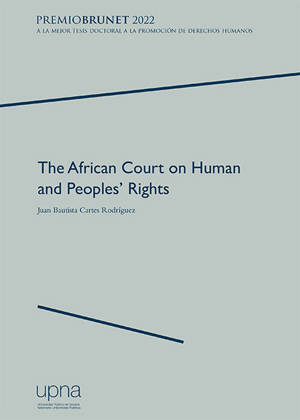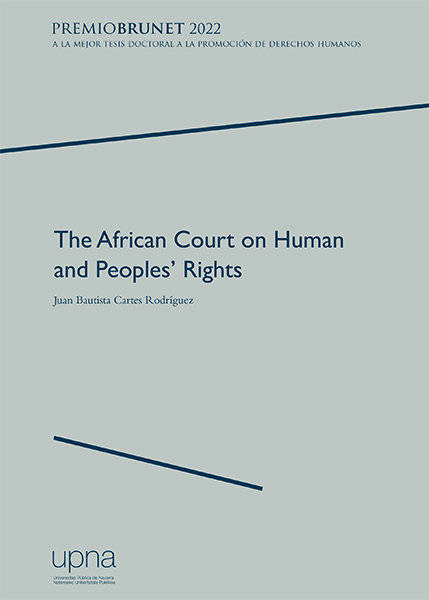
- Afhalen na 1 uur in een winkel met voorraad
- Gratis thuislevering in België vanaf € 30
- Ruim aanbod met 7 miljoen producten
- Afhalen na 1 uur in een winkel met voorraad
- Gratis thuislevering in België vanaf € 30
- Ruim aanbod met 7 miljoen producten
€ 20,45
+ 40 punten
Omschrijving
Although the significance of both the European Court of Human Rights and the Inter-American Court of Human Rights in the international sphere is undeniable, the African Court of Human and Peoples' Rights (ACtHPR), despite being established later, is poised to attain similar relevance. Therefore, it is appropriate to conduct a detailed study of the notable work this Court has been undertaking, particularly in recent years, considering that the ACtHPR serves as the primary mechanism for guaranteeing and monitoring the African System of Human and Peoples' Rights.In this context, and with the aim of constructing a pedagogical and exhaustive legal work, the author identifies four central research questions, each of which is addressed in a separate chapter. The first chapter serves as an introductory framework and seeks to explain the functioning of the regional system in which the ACtHPR operates, with particular emphasis on the various treaties adopted and the non-jurisdictional mechanisms of guarantee and control. In light of these circumstances, the author proceeds to the second research question in the following chapter, which examines the most notable procedural aspects of the ACtHPR and how they have been articulated. This analysis will serve as a prelude in the third chapter to identifying and examining the main lines of jurisprudence adopted by the Court in relation to specific human rights. Finally, the fourth chapter will address how reparatory measures have been formulated in the ACtHPR's pronouncements, as well as the follow-up mechanisms established in this regard. Thus, after completing the stages of data collection, systematisation, description, analysis, and interpretation, the author arrives at a series of critical evaluations articulated in the form of conclusions.
Specificaties
Betrokkenen
- Auteur(s):
- Uitgeverij:
Inhoud
- Aantal bladzijden:
- 264
- Taal:
- Engels
Eigenschappen
- Productcode (EAN):
- 9788497694032
- Verschijningsdatum:
- 20/08/2024
- Uitvoering:
- Paperback
- Afmetingen:
- 160 mm x 230 mm

Alleen bij Standaard Boekhandel
+ 40 punten op je klantenkaart van Standaard Boekhandel
Beoordelingen
We publiceren alleen reviews die voldoen aan de voorwaarden voor reviews. Bekijk onze voorwaarden voor reviews.









